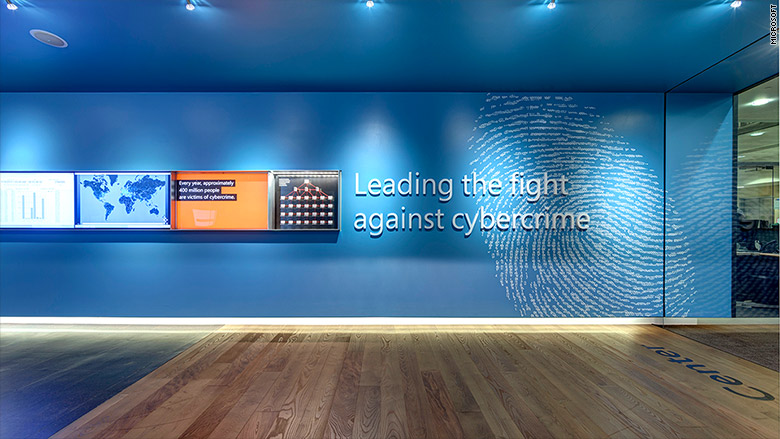
The biggest social media sites have been using Microsoft technology to combat child pornography. Now, Microsoft is giving that tool away-- for free.
Microsoft (MSFT) on Wednesday launched a cloud version of PhotoDNA, software that prevents child porn from being uploaded to websites. It's currently used by more than 70 companies, including Facebook (FB) and Twitter (TWTR).
Now, online service providers and businesses hosting user-generated content can apply to use the service too.
With an exponential increase in social media sharing, weeding out child pornography from billions of uploads is challenging. About 720,000 of the 1.8 billion pictures uploaded across the Internet each day are illegal child sexual abuse photos, Microsoft wrote in a blog post.
"The tool has amazing accuracy, and it has enabled us to find problematic content faster than ever before," Facebook said in a blog post from 2011, when the company started using PhotoDNA. "And, because PhotoDNA has been so effective for us, we encourage other sites that allow photo uploads to use it as well."
But only social media mammoths could set up huge servers, hire technical assistance and dish out the big bucks for it.
Now, four years after Facebook started using it, even the smallest organizations can benefit from this filtering service -- with no servers to be set up, no expert guidance and not a single cent to be spent.
Companies like Flipboard. a popular social magazine where users share and curate content from the Web and social media, are eager to use the technology to protect users and young victims while helping make the Internet safer for everyone.
Flipboard has been using the service for a few months now.
"We did manual investigation before but that sort of solution doesn't scale," David Creemer, Flipboard's head of Platform Engineering, told CNNMoney.
The software will identify images that have been previously been flagged.
"Initially, I personally verified images that were flagged by PhotoDNA and I never saw a false positive. If PhotoDNA says a photo is illegal, I believe it," Creemer said.

